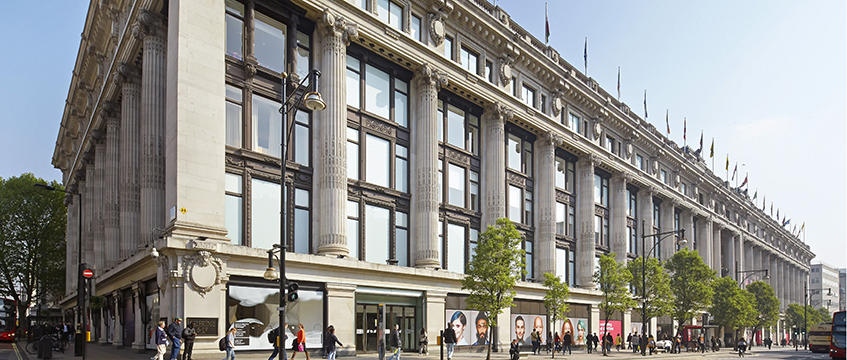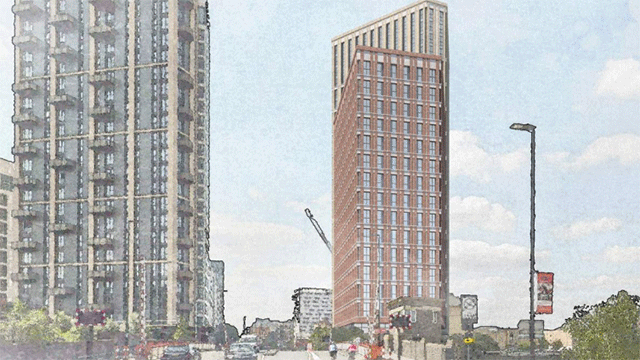COMMENT Brownfield regeneration is essential to unlocking growth in our cities, but the planning process in its current form is making this type of development incredibly difficult.
In our recent Brownfield Paper, developed with British Land, we laid out simple, practical changes which will remove some of the barriers to growth that are baked into the existing system.
Among them, was a call to put community engagement at the heart of the planning process by rewarding those developers who commit to, and deliver, an exemplary programme of engagement.
This might seem counter-intuitive considering a key focus of the paper was how to speed up the determination process to unlock growth. For some time, and particularly in some quarters of our industry, community consultation has been seen as a barrier to development, slowing down applications and stifling opportunities. This has led to a situation where consultation is approached by some developers, and dismissed by local people, as tick box exercise.
We, however, firmly believe that community engagement is not simply another workstream in a planning application – it underpins our entire licence to operate.
Public interest
When consultation is done properly, with both sides engaging in good faith, it can be the key to unlocking development.
If we treat consultation as an opportunity to understand what communities need from the start we are less likely to spend money on the wrong things, and local people are more likely to get what they want – making areas better, people happier and our cities both more desirable and more resilient.
It is also the way real estate can connect the benefits our industry brings more directly to society at large, demonstrating that we can and do operate in the public interest.
If we are going to deliver the growth our businesses and the country needs to see, then we are going to have to – and want to – take communities with us.
Constructive dialogue
A year ago, we set out a new approach to community engagement. Through this process, we have seen the value that it can add. By committing to a specific plan of community engagement, it is possible to open up a meaningful dialogue with the people who will ultimately use the space today and for decades to come.
Successful community engagement requires real, measurable opportunities for people and communities to engage in the planning and design process. From community-led design workshops to collaborative opportunities for local artists, our Community Charter seeks to do this, while also fostering long-term, constructive dialogue.
In Lewisham, for example, we established a Design Code Champion group, made up of local residents and representatives to help develop the Design Code for the masterplan scheme. Importantly, this approach not only enables local residents to shape the future but also provides them with new skills and opportunities.
These local champions are paid for their time and are integral to our understanding of the community dynamics our project must deliver for.
Achieving our potential
It is not just our business thinking about these issues. Grosvenor’s community charter, Positive Space, is a strong example of how to articulate why and how a business should engage with its communities.
British Land’s local charter has also created a platform for genuine co-design and Dominus’ inclusion of the Migration Museum in their 65 Crutched Friars development is another example of how communities can be reflected in the places we create.
Asking policy makers to strengthen the role of community engagement in development might seem counter-intuitive. But it is fundamental to the creation of successful places and to delivering on the aims of our industry and the needs of society.
If we are going to live up to our sector’s potential – to generate growth, to shape and act as long-term custodians of place – we need to realise the role of the community in getting us there.
Mark Allan is chief executive at Landsec











